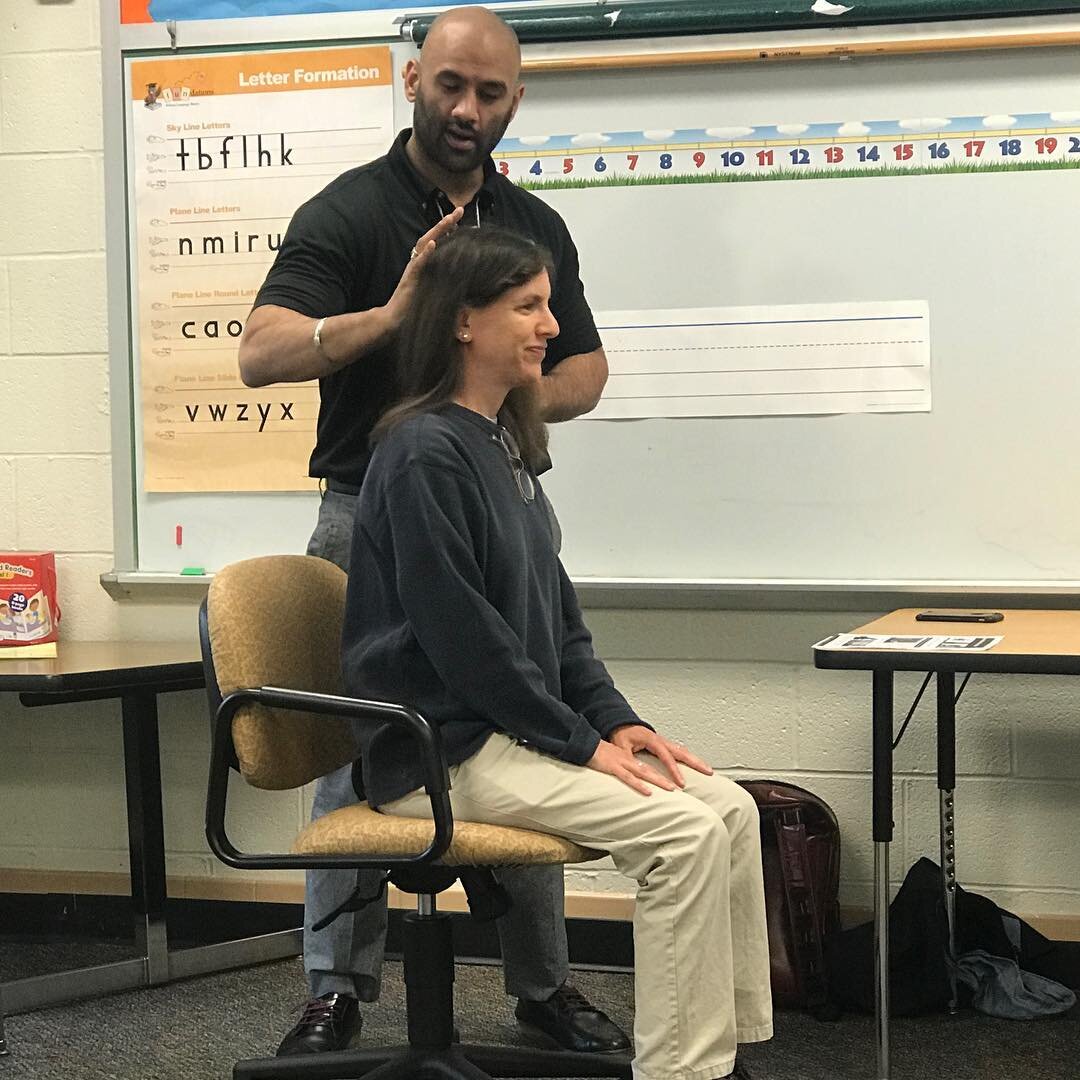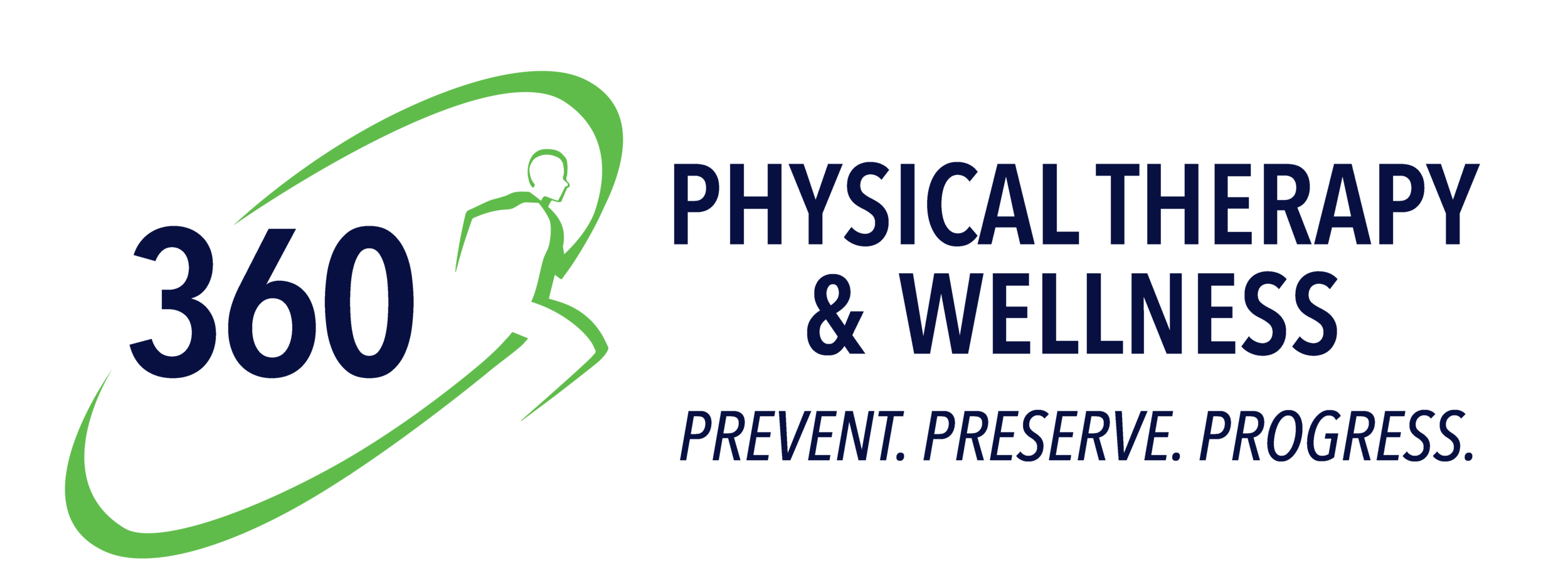
HEADACHES AND NECK PAIN
Do you suffer from frequent headaches? Are you tired of taking ibuprofen just to get some mild relief? Do you frequently wake up from a night’s sleep to a stiff neck and it takes hours or even days to recover your full range of motion?
Neck pain affects nearly 30% of the U.S. population each year, most frequently in adults between ages 30-50. It is felt just below the back of the head and along the cervical vertebrae. Neck pain isn’t always associated with headaches, but those who experience it often have similar complaints when attempting to perform daily tasks.
Headaches are the most common type of physical ailment experienced by individuals each day. They can range from mild sinus and tension aches to severe migraines. Some headaches are associated with other aches and pains in and around the neck, shoulders, and spine. If not properly treated, headaches can become chronic and debilitating.
Treating headaches and neck pain with physical therapy will relieve pain, increase strength and mobility, and reduce inflammation. The physicians at 360 Physical Therapy & Wellness will help you feel your best! Schedule your consultation today!
WHAT CAUSES HEADACHES AND NECK PAIN?
Headaches are categorized as primary or secondary. Primary headaches are those that are not the result of an underlying medical condition such as tension, cluster, and migraine.
Primary headaches can be caused by a variety of things from poor posture to fatigue, dehydration, emotional stress, and physical demands.
“Secondary headaches” are those that are a result of another condition. Traumatic injury, such as whiplash, or an underlying chronic or physical ailment, such as high blood pressure, are two conditions that can cause headaches. A common secondary headache affecting approximately 2.2% of the world’s population is known as a cervicogenic headache, a chronic pain that is felt in both the head and neck.
As with headaches, neck pain can happen by simply having a strained or tense muscle or sleeping in a bad position. Many times, however, neck pain is a result of a chronic issue. These types of neck pains can become more than just a pain in the neck. Common chronic neck pains include:
Bulging discs. A common injury to the spine where the vertebrae protrudes from the spine and can cause pain, numbness, and weakness in the arm.
Repetitive movements. Neck pain from repetitive movements typically happens from job-related movements. From office workers to field workers, neck pain is a common occurrence. Regardless of your line of work, it is important to take frequent breaks and stretch before muscles feel tense.
Whiplash. A traumatic event such as a sports injury, car accident, fall, or any sudden jolt can cause your head and neck to be violently thrown about, leading to bulging discs, inflammation, and other unnecessary neck pains.
Text neck. The term “text neck” is fairly new, but is becoming an increasingly serious issue. Text neck is a result of staring down at your phone for too long. It creates tension on the vertebrae and can lead to upper back pain, bulging discs, and cervicogenic headaches.
Read on to learn how physical therapy treats cervicogenic headaches to reduce pain and avoid further injury.
Do you suffer from frequent headaches? Are you tired of taking ibuprofen just to get some mild relief? Do you frequently wake up from a night’s sleep to a stiff neck and it takes hours or even days to recover your full range of motion?
Neck pain affects nearly 30% of the U.S. population each year, most frequently in adults between ages 30-50. It is felt just below the back of the head and along the cervical vertebrae. Neck pain isn’t always associated with headaches, but those who experience it often have similar complaints when attempting to perform daily tasks.
Headaches are the most common type of physical ailment experienced by individuals each day. They can range from mild sinus and tension aches to severe migraines. Some headaches are associated with other aches and pains in and around the neck, shoulders, and spine. If not properly treated, headaches can become chronic and debilitating.
Treating headaches and neck pain with physical therapy will relieve pain, increase strength and mobility, and reduce inflammation. The physicians at 360 Physical Therapy & Wellness will help you feel your best! Schedule your consultation today!
WHAT IS A CERVICOGENIC HEADACHE?
A cervicogenic headache is a headache of the cervical origin. This means that the pain an individual feels in their head, originates in the cervical spine, or the neck. Typically, those who experience this type of headache believe they are experiencing a migraine as the pain tends to radiate from all over.
Cervicogenic headaches are generally caused by an underlying issue or injury in the neck. The pain begins in one side the neck and radiates up the back of the head toward the front of the head. This type of headache is also associated with stiffness in the neck and shoulders.
Additional symptoms of cervicogenic headaches can include:
reduced range of motion in the neck.
pain on one or both sides of the neck and/or face.
pain around the eyes.
sensitivity to light and noise.
blurred vision.
nausea.
PHYSICAL THERAPY FOR HEADACHES AND NECK PAIN
Physical therapy is an ideal solution to help relieve the pain and discomfort of chronic headaches and neck pain. With cervicogenic headaches, it is important to understand the underlying cause of the discomfort. Physical therapy for headaches and neck pain includes a thorough musculoskeletal assessment. Your physical therapist will identify any muscle imbalances, patterns of tightness or weakness, and consistent postural misalignments that contribute to your pain.
A physical therapy treatment plan for headaches and neck pain can include the following:
Manual therapy techniques. These techniques, as performed by the physical therapist, are designed to decrease pain and increase movement in the neck. They can include electrical stimulation, and ice and heat therapy.
Ultrasound. This type of treatment promotes blood flow and healing by heating the tissues, tendons, and muscles.
Therapeutic exercise. Certain exercises will be prescribed to be performed during your physical therapy session and at home to increase the strength of the muscles in the neck, upper back, and shoulders.
Massage. An intervention that can be beneficial in reducing pain and inflammation of the muscles includes soft tissue massage.
General lifestyle adaptations. Other modalities that can assist in reducing pain and increasing mobility and strength include healthy habits such as stretching, light weightlifting, and active posture assessments.
Start enjoying your life free of pain! Let the highly trained, board certified physical therapists at 360 Physical Therapy & Wellness help relieve your head and neck pains today.
WHAT IS A CERVICOGENIC HEADACHE?
A cervicogenic headache is a headache of the cervical origin. This means that the pain an individual feels in their head, originates in the cervical spine, or the neck. Typically, those who experience this type of headache believe they are experiencing a migraine as the pain tends to radiate from all over.
Cervicogenic headaches are generally caused by an underlying issue or injury in the neck. The pain begins in one side the neck and radiates up the back of the head toward the front of the head. This type of headache is also associated with stiffness in the neck and shoulders.
Additional symptoms of cervicogenic headaches can include:
sensitivity to light and noise.
blurred vision.
nausea.
reduced range of motion in the neck.
pain on one or both sides of the neck and/or face.
pain around the eyes.

PHYSICAL THERAPY FOR HEADACHES AND NECK PAIN
Physical therapy is an ideal solution to help relieve the pain and discomfort of chronic headaches and neck pain. With cervicogenic headaches, it is important to understand the underlying cause of the discomfort. Physical therapy for headaches and neck pain includes a thorough musculoskeletal assessment. Your physical therapist will identify any muscle imbalances, patterns of tightness or weakness, and consistent postural misalignments that contribute to your pain.
A physical therapy treatment plan for headaches and neck pain can include the following:
Manual therapy techniques. These techniques, as performed by the physical therapist, are designed to decrease pain and increase movement in the neck. They can include electrical stimulation, and ice and heat therapy.
Ultrasound. This type of treatment promotes blood flow and healing by heating the tissues, tendons, and muscles.
Therapeutic exercise. Certain exercises will be prescribed to be performed during your physical therapy session and at home to increase the strength of the muscles in the neck, upper back, and shoulders.
Massage. An intervention that can be beneficial in reducing pain and inflammation of the muscles includes soft tissue massage.
General lifestyle adaptations. Other modalities that can assist in reducing pain and increasing mobility and strength include healthy habits such as stretching, light weightlifting, and active posture assessments.
Start enjoying your life free of pain! Let the highly trained, board certified physical therapists at 360 Physical Therapy & Wellness help relieve your head and neck pains today.




